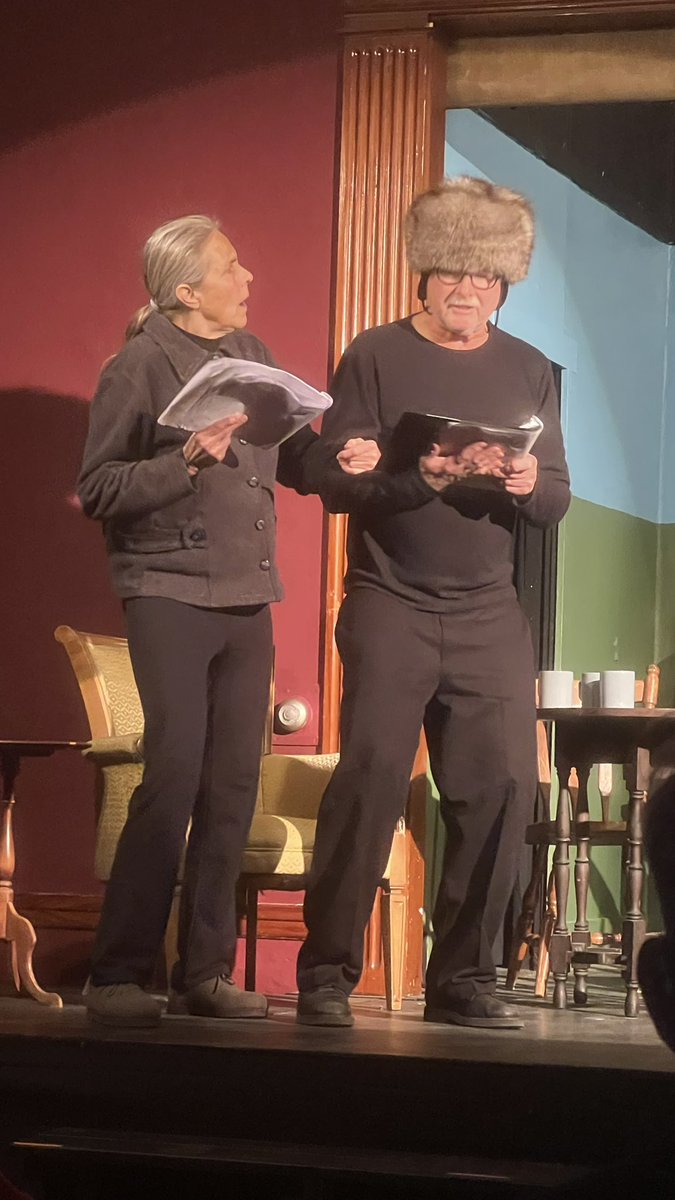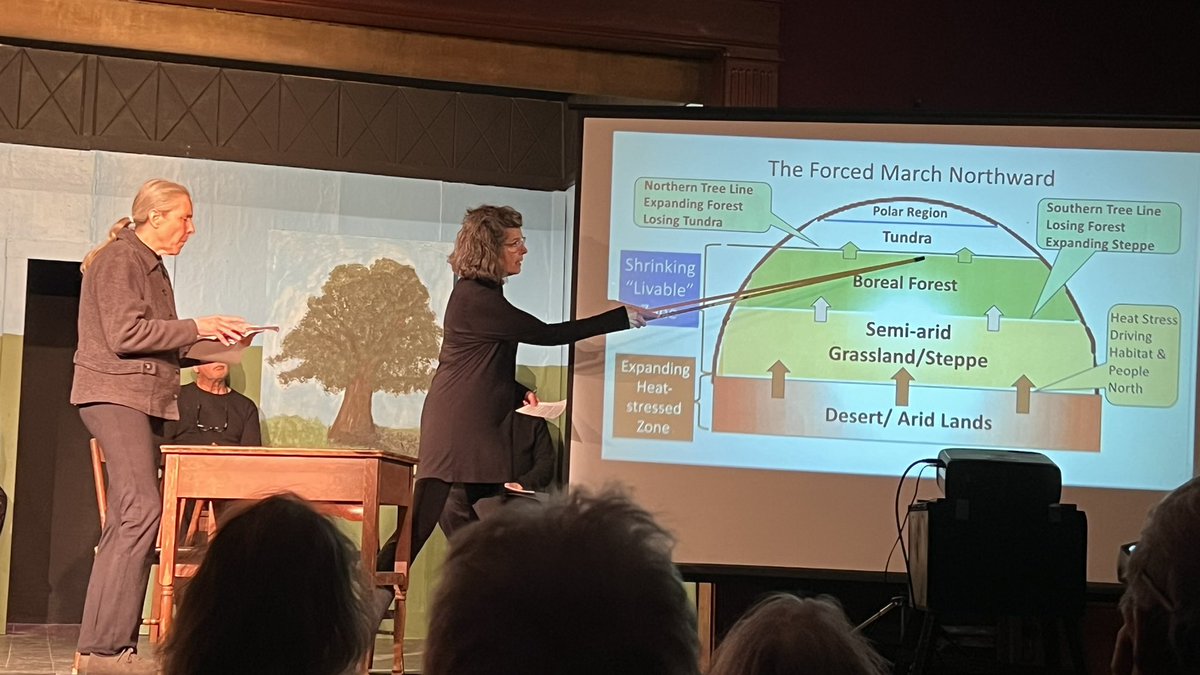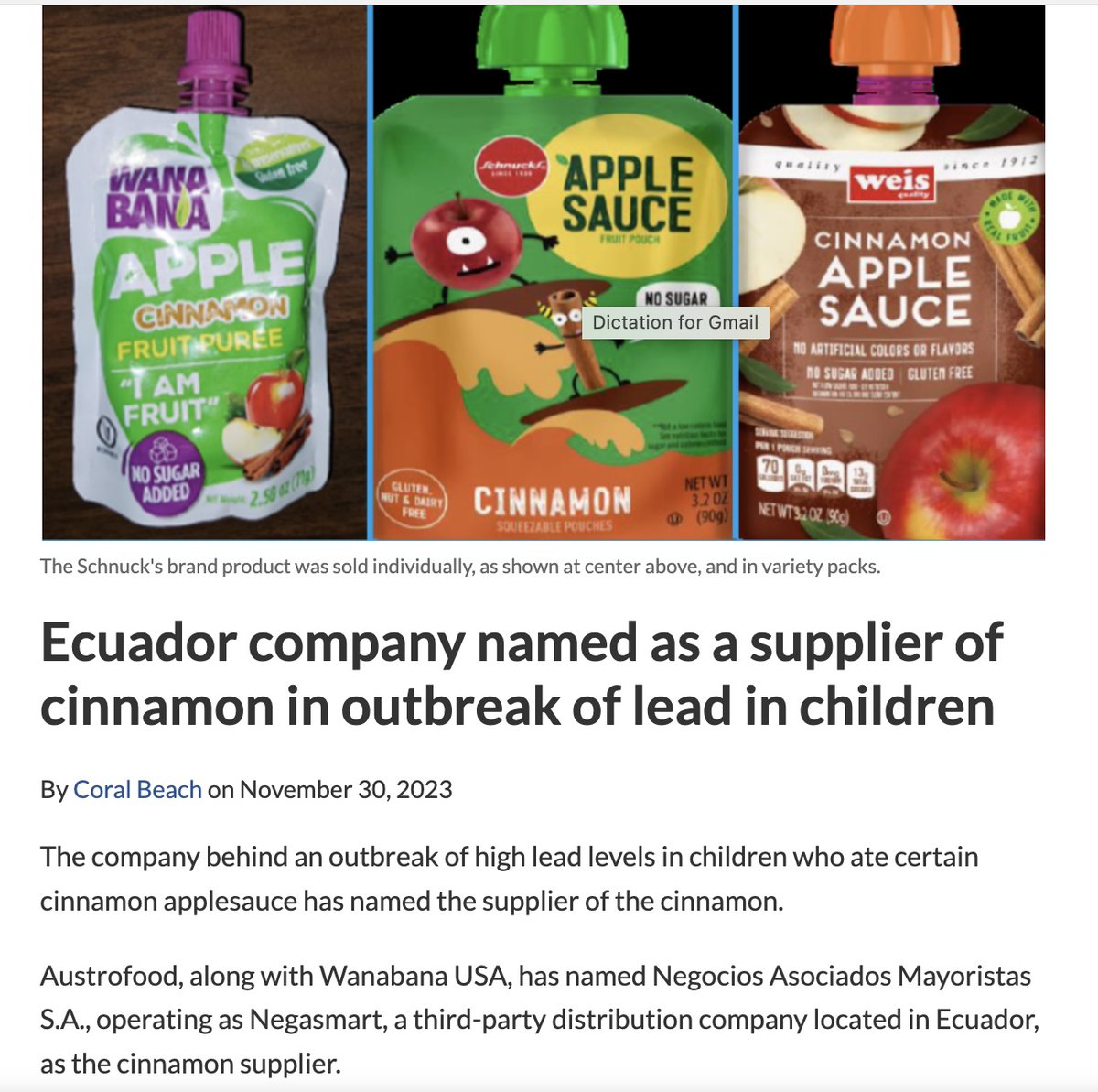I’ve seen some assertions that it’s unprecedented to have hurricane impacts as far inland as those of #helene.
Case study- The massive losses in the great Vermont flood of November 1927
@NWS background:
A late season hurricane moved up the Atlantic coast in early November 1927 and proceeded to move up through the Connecticut River valley. The storm dumped generally 3-4 inches of rain through much of southern New England. However, as the system reached the higher altitudes in Vermont, the tropical system stalled due to the presence of two cold, high pressures areas just to the east and west. The result was widespread areas of 6 inches or more of rainfall during the period of November 2-5, with reports received of up to 15 inches of rainfall. In addition, October had been a very wet month, with rainfall generally about 150% of normal for the month.weather.gov/nerfc/hf_novem…

Case study- The massive losses in the great Vermont flood of November 1927
@NWS background:
A late season hurricane moved up the Atlantic coast in early November 1927 and proceeded to move up through the Connecticut River valley. The storm dumped generally 3-4 inches of rain through much of southern New England. However, as the system reached the higher altitudes in Vermont, the tropical system stalled due to the presence of two cold, high pressures areas just to the east and west. The result was widespread areas of 6 inches or more of rainfall during the period of November 2-5, with reports received of up to 15 inches of rainfall. In addition, October had been a very wet month, with rainfall generally about 150% of normal for the month.weather.gov/nerfc/hf_novem…


My heart goes out to those affected across the South by Hurricane Helene. At the same time, those calling this calamity (particularly the North Carolina devastation) "unprecedented" are exhibiting either amnesia or irresponsible conscious disregard for past tropical-storm-driven extreme floods there. There were double-storm flood disasters in 2004 and - particularly awful - 1916. Here's a trailer for David Weintraub's film on the centennial of the earlier disaster, with lots more in the 🧵, Here's his website: 1/saveculture.org/project/great-…
2/ Here's the @CityofAsheville #helene news and recovery page and the city's 2016 look back at 1916, with - sadly - a very regrettable headline. ashevillenc.gov/news/tropical-…
ashevillenc.gov/news/100-years…



ashevillenc.gov/news/100-years…



3/ Here's #Helene coverage by the hard-working team at the @asheville Citizen Times: . And here's a sobering 2019 photo package on the great floods of 1916:
citizen-times.com/picture-galler…


https://x.com/asheville/status/1840542227816206643
citizen-times.com/picture-galler…



4/ #Unprecedented is one of my #watchwords. Its misuse can dangerously distort public perception of environmental risk and how to prioritize paths to resilience. Other watchwords and resources are here: Subscribe to my #SustainWhat project for more: revkin . substack . comx.com/search?q=%23wa…

Just to be clear, the rainfall in the Helene hot spots may indeed be unprecedented in the instrumental record. My point, building on an e-chat I just had with the fine extreme weather scientist @Weather_West - is that it’s best to characterize what is meant if and when it’s used.
https://twitter.com/bennollweather/status/1840483598694314156
@Weather_West Here’s an excellent @ChaseCainNBC report on how climate change is boosting rainfall potential of hurricanes.
https://twitter.com/bennollweather/status/1840151401726644290
@Weather_West @ChaseCainNBC @threadreaderapp unroll
• • •
Missing some Tweet in this thread? You can try to
force a refresh






















